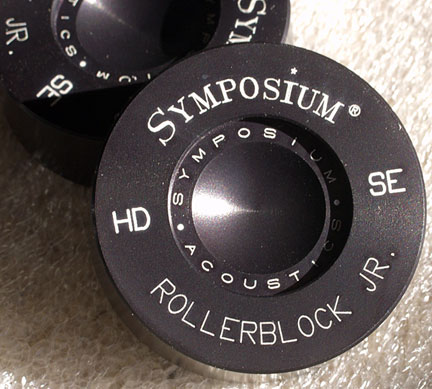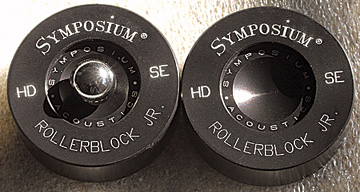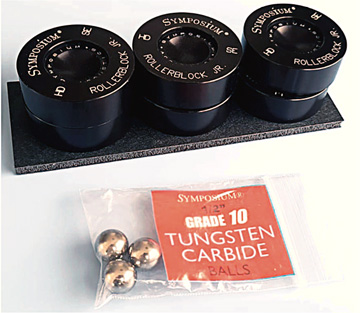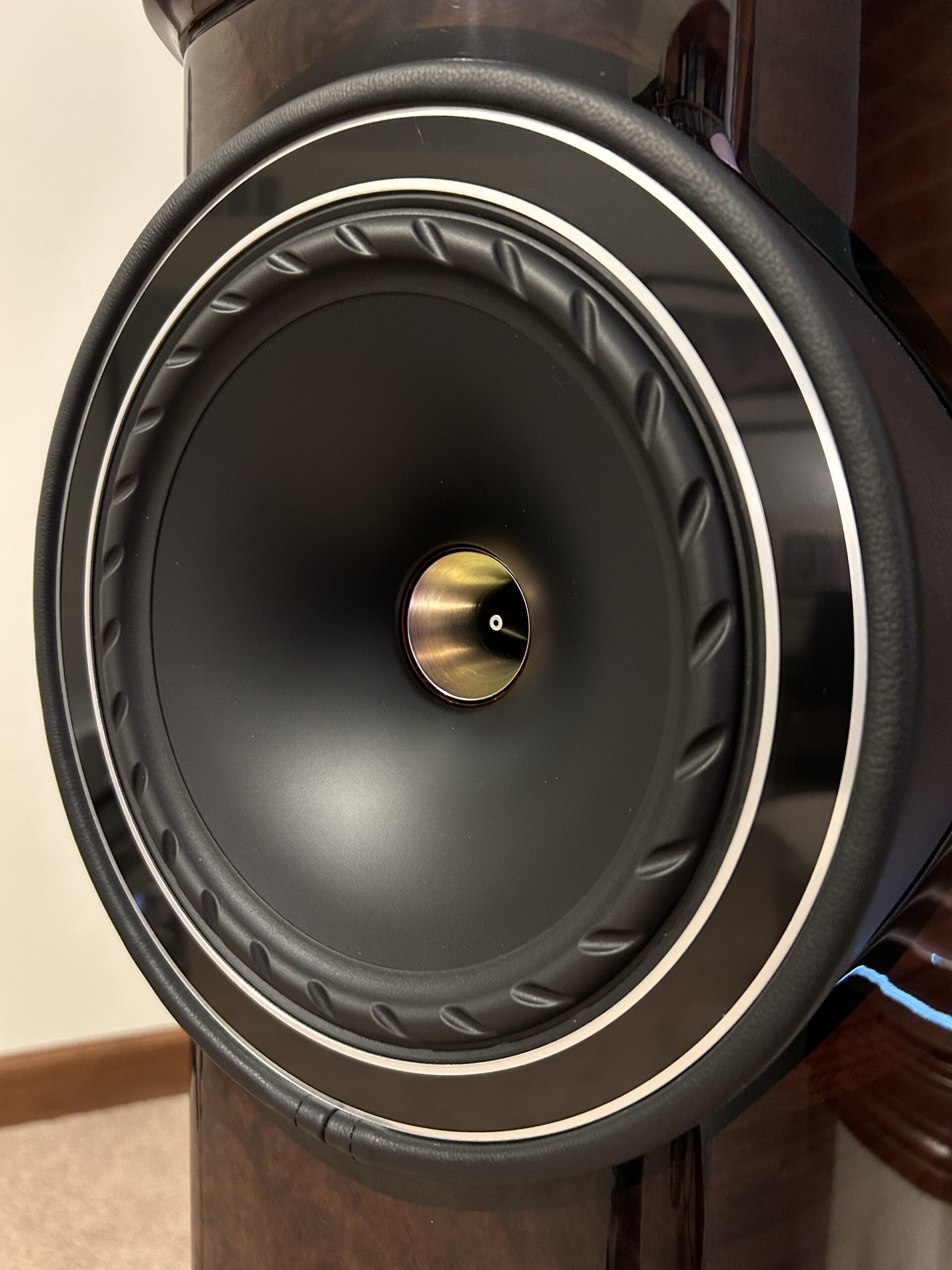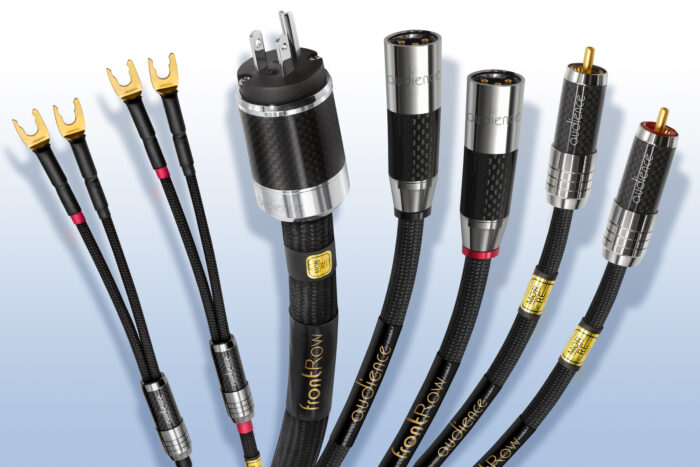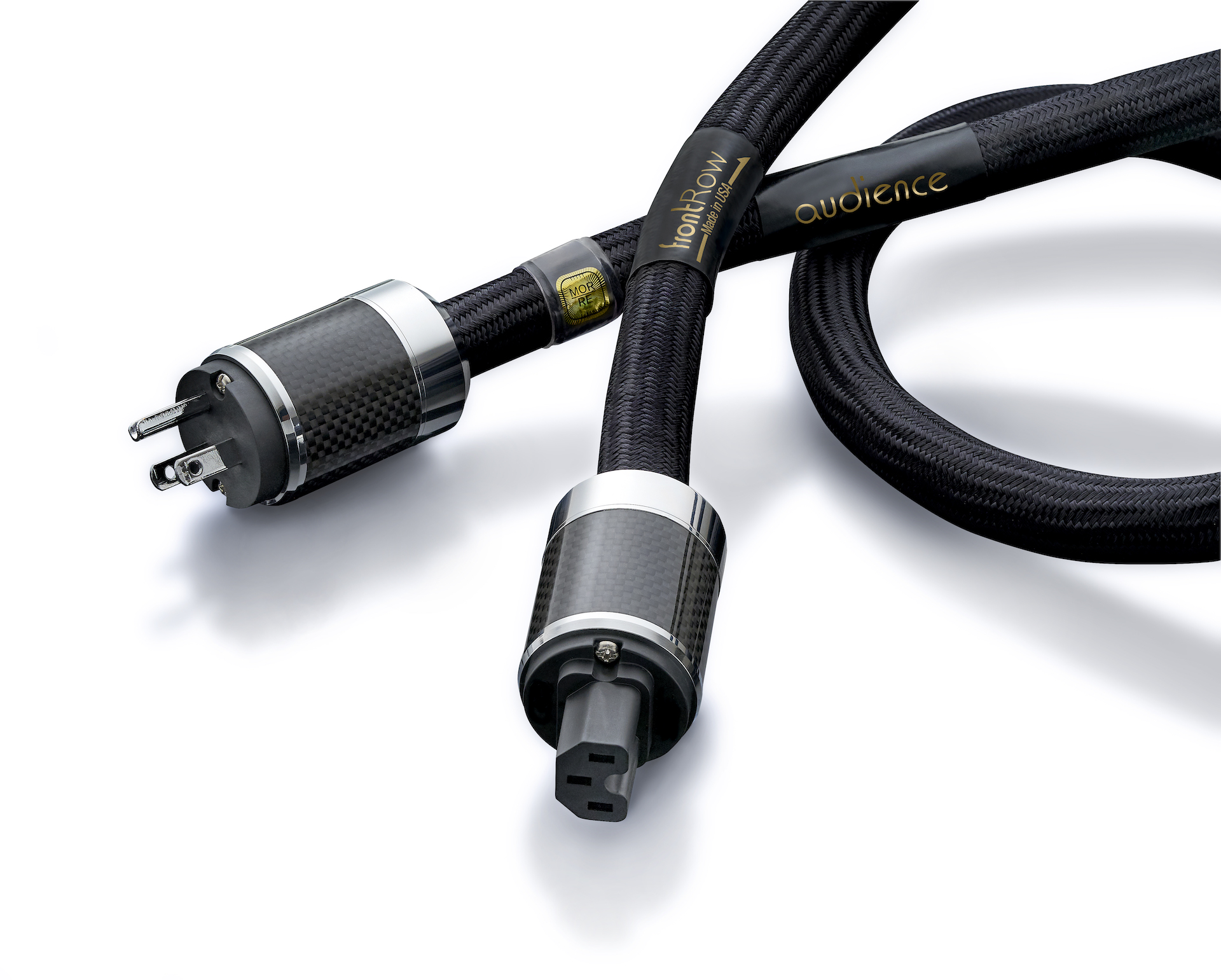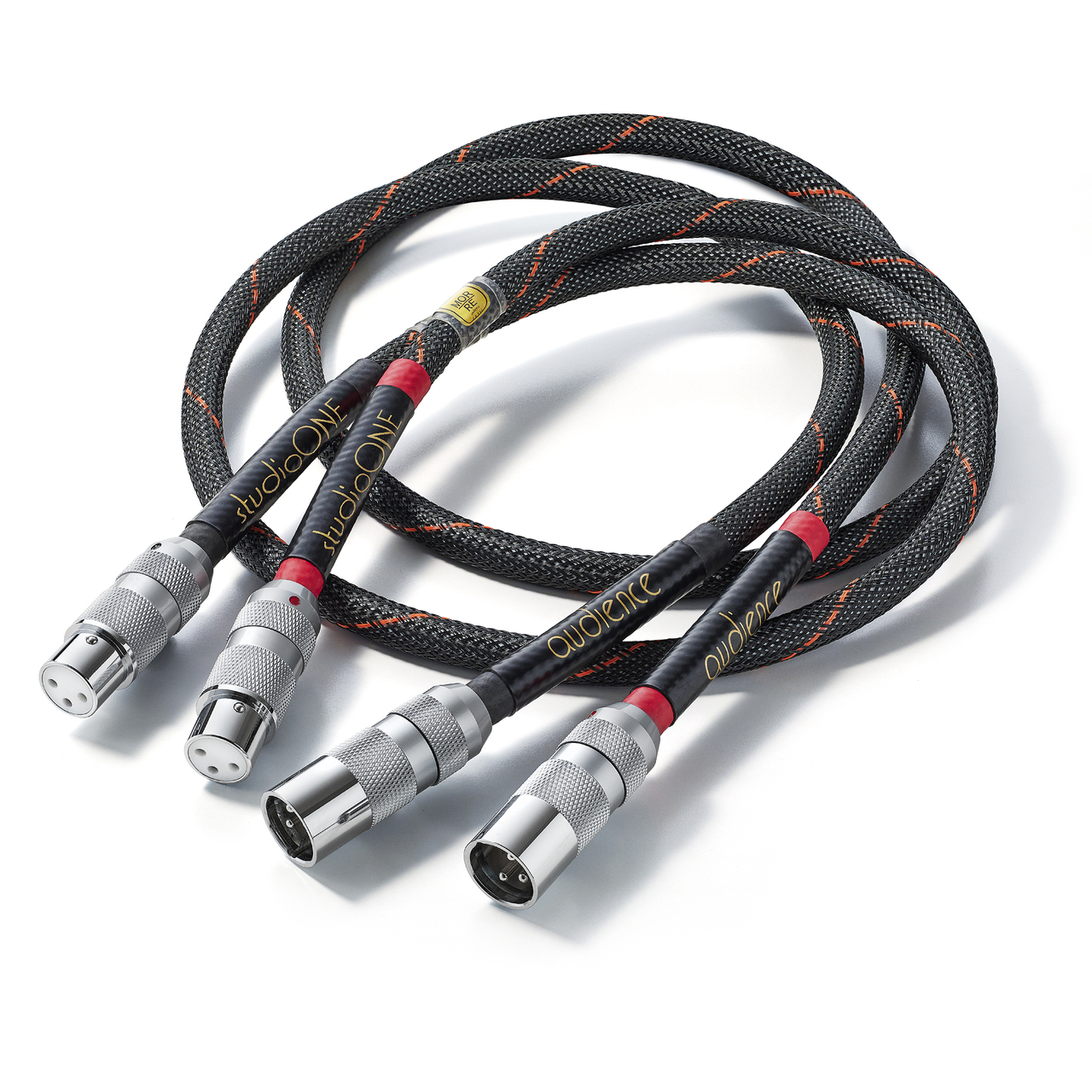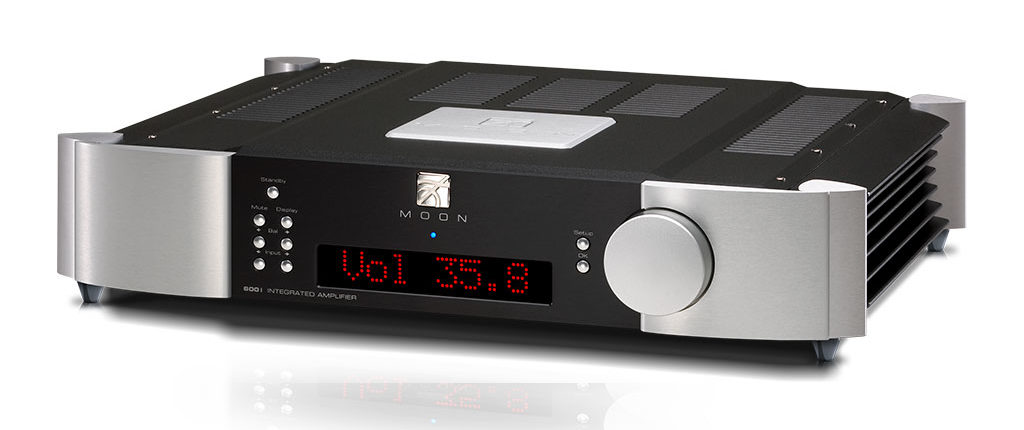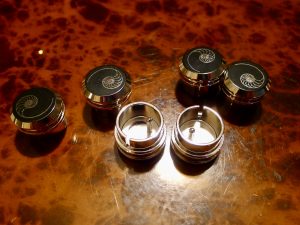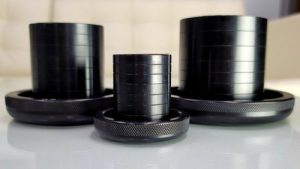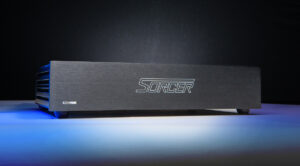Apportioning budget to a high-end audio system represents a complex exercise, one inherently fraught with compromises, and one for which there is no hard-and-fast formula. Recognizing that loudspeakers generally have the greatest influence on the sound of a given system, does one allocate a more significant portion of his or her budget to speakers? Or, based on the premise that one can't make up down the line for upstream deficiencies, does one spend more on source components? And then there are the critical preamplification and amplification stages. It turns out that, at a certain level, everything matters. Which brings us to tweaks. How much influence do interconnects and speaker cables have on the sonic signature of one's system? What about power cords and power conditioners? Certainly, room acoustics matter. Resonance control is yet another area where audiophiles are recognizing aural payback.
Symposium Acoustics USA, Inc., founded by designer Peter Bizlewicz, is a New Jersey-based company focused on resonance control for the high-end audio industry. Under the Symposium Acoustics moniker, Bizlewicz and team offer numerous products ranging from racks and platforms to various coupling / decoupling devices designed to be utilized under components and speakers in lieu of standard spikes or footers.
With a burgeoning interest in resonance control, I contacted Steven Aug of the Cable Company for advice. The Cable Company, located in New Hope, Pennsylvania, is unique in possessing what it refers to as its "Lending Library," a massive collection of cables (interconnect, speaker, and power), power conditioners, acoustic treatments, headphones, and even components, almost all of which it allows audiophiles to borrow and try in their systems. More than that, however, the Cable Company's expert staff provides invaluable recommendations to customers, based on customers' systems and known synergies in component / ancillary matching. Upon approaching Aug with my interest in resonance-control products, and bringing to him possibilities borne out out of my preliminary research, he kept gently steering me to Symposium Acoustics' products.
With a budget in mind, I selected the Rollerblock Jr. Heavy Duty Special Edition (HDSE) coupling / decoupling footers. I ordered six of the Rollerblock Jr. HDSEs, allowing me to employ three of the footers under each of my two components. Each Rollerblock Jr. HDSE consists of three pieces, utilized in a sandwich fashion: two bases or receptacles, and one ball bearing separating the two. Each receptacle has a cup for the ball bearing, and is intended to be inversely stacked with another, the ball bearing in between. Installation is easy; one simply places a receptacle on the platform surface, inserts the ball bearing into the cup and places the other receptacle on top, with the cup side down.
What are the advantages to the HDSE version of the Rollerblock Jr.? The receptacle of the HDSE is made of top-grade 7075 aircraft aluminum, as opposed to the 6061 aluminum found in the standard Rollerblock Jr. The added strength of the 7075 aluminum improves performance, and allows for support of heavier components and speakers. Additionally, the HDSE includes ball bearings made of premium Grade 10 tungsten carbide, as opposed to the Grade 25 chromium steel that forms the bearing in the standard model. Symposium Acoustics makes the following performance claims for the Rollerblock Jr. HDSE, which is designed to reduce vibration like a cone-based product, albeit with improved low-frequency isolation attributed to the rolling ball-bearing function: lower distortion, more air and detail, improved soundstaging, tighter bass, and a more natural midrange.
During the course of the review period, my system comprised the Marantz SA-10 SACD player, AVM A3.2 integrated amplifier, Focal Sopra 1 loudspeakers, Kimber Kable Select KS-1036 and Nordost Heimdall 2 interconnects, Kimber Monocle X and Nordost Heimdall 2 speaker cables, Audience aR2p-TO power conditioner and Au24 SEi power cords. All components were placed on a SolidSteel 6.2 Audio Table. Acoustic treatments were by GIK Acoustics.
Break-in not being an issue, I was able to rapidly assess the changes wrought by the Symposium Acoustics Rollerblock Jr. HDSEs. First, what they didn't do—the Rollerblock Jr. HDSEs did not change tonality or otherwise introduce any deleterious effects; there were no detriments to be weighed against the benefits. With that out of the way, I immediately discerned heightened clarity and increased resolution, coupled with a newfound sense of ease. Listening to "Cat Food" from Steven Wilson's superb remix of King Crimson's In the Wake of Poseidon (Inner Knot KCSP 2), the multiple layers of instrumentation, from Keith Tippetts' manic piano-playing to Robert Fripp's guitar histrionics to Mel Collins' sax workout, were easier to follow, with greater differentiation within the overall mix. Greg Lake's vocals sailed above it all, possessing more dimensional presence than I've witnessed from my system previously. Dynamics, both macro and micro, also benefited. "Silly Putty," from Stanley Clarke's Journey to Love (Epic EK 36974), is a jazz-funk tour-de-force, and with the Rollerblock Jr. HDSEs in place, I reveled in the dynamic contrasts and transient speed of the staccato-like playing of master musicians performing at their respective creative and technical pinnacles. Perhaps the biggest improvement wrought by the Rollerblock Jr. HDSEs was in my system's ability to create a credible soundstage. The soundstage expanded in both width and depth, with greater layering and separation of images. Just as significant, images were more focused and palpable and were imbued with greater density. Even on an album such as Sting's latest, 57th and 9th (A&M 80025779-02), challenged by compressed dynamics and spatial flattening, the Rollerblock Jr. HDSEs opened up the soundstage, adding a modicum of space between performers and breaking open the stifled two-dimensional smear of images I'd come to associate with this recording.
It's easy to fall into reviewer's trap of compartmentalizing differences associated with the introduction of a new component or tweak in one's system. Stepping back from the specific positives I've outlined here, the most important improvement was borne out of the gestalt of all these benefits—an overwhelming increase in involvement. I've never found myself so immersed in the the music. As always, the true value associated with the Rollerblock Jr. HDSEs is best exemplified by their removal. Upon taking them out of my system and reverting back to my components' stock footers, the increases in verisimilitude came crashing down, to be replaced by artifice. I heard more of the mechanical nature of my system reproducing music and less of that direct connection to the musical message itself, which, in my estimation, represents the aspirational raison d'etre of a high-end audio playback system.
Were there any downsides to Symposium Acoustics' Rollerblock Jr. HDSE? Sonically, none. Functionally, it did take a while to acclimate myself to the "floating" nature of the Rollerblock Jr. With the utilization of ball bearings as couplers between the sandwiched bases, the component under which the Rollerblock Jr. is installed tends to move back and forth when touched. While there is no danger of a component falling or slipping off the Rollerblock Jr., it can still feel a bit precarious at first. Secondly, it's necessary to read and adjudicate this review within the context of the following caveats. The results I achieved were with my ears, with my system, and in my room. I didn't swap out components or try the Rollerblock Jr. HDSEs in other systems. I have deliberately tuned my system for resolution and transparency, which may have enabled me to better discern the attributes imbued by the Rollerblock Jr. HDSEs. And, it's possible that the performance of my system represents something of a sweet spot for interfacing with the Symposium Acoustics products. It's feasible that the resolution of systems at a more entry level would not be sufficient to demonstrate the virtues of the Rollerblock Jr. HDSEs in such stark relief. Conversely, ultra-high-end components might have such overbuilt construction and resonance control built in to render the Symposium Acoustics' characteristics less discernible in nature. Why do I mention all of this? Simply to reinforce that, while the Rollerblock Jr. HDSEs were transformative in my system, it's folly to categorically state that they will be so in all systems.
"Tweaking" a high-end audio system can rapidly become a slippery slope, and the cumulative cost of multiple tweaks can begin to exceed the cost of components and speakers, which leads me back to the initial question of where one's audio budget is best allocated. With the Symposium Acoustics Rollerblock Jr HDSE coupler / decoupler footers, I learned a valuable lesson regarding the importance of things I'd never seriously considered before as potentially benefiting the performance of my system. I humbly submit that my experience with the Rollerblock Jr. HDSEs was nothing short of revelatory. Frankly, I was not prepared for the massive improvement in my system's sonics, and just as importantly, in my musical engagement and enjoyment. At a price of $349 for a set of three, they are perhaps the biggest bargain I've yet experienced in my pursuit of musical realism. It's all too easy to become accustomed to improvements in one's system, whereby that new boundary-pushing envelope soon becomes the baseline, leading ineluctably to that restless urge to strive for the next high, the next thrill of discovery. In some ways, it is this relentless pursuit of greater musical truth that makes us audiophiles. I've had the Rollerblock Jr. HDSEs in my system now for several weeks, and I continue to marvel at the joy I experience anew every time I sit down to listen to music. Well done, Symposium Acoustics.
Rollerblock Jr. HDSE
Retail: $349 for a set of three
Symposium Acoustics USA, Inc.




